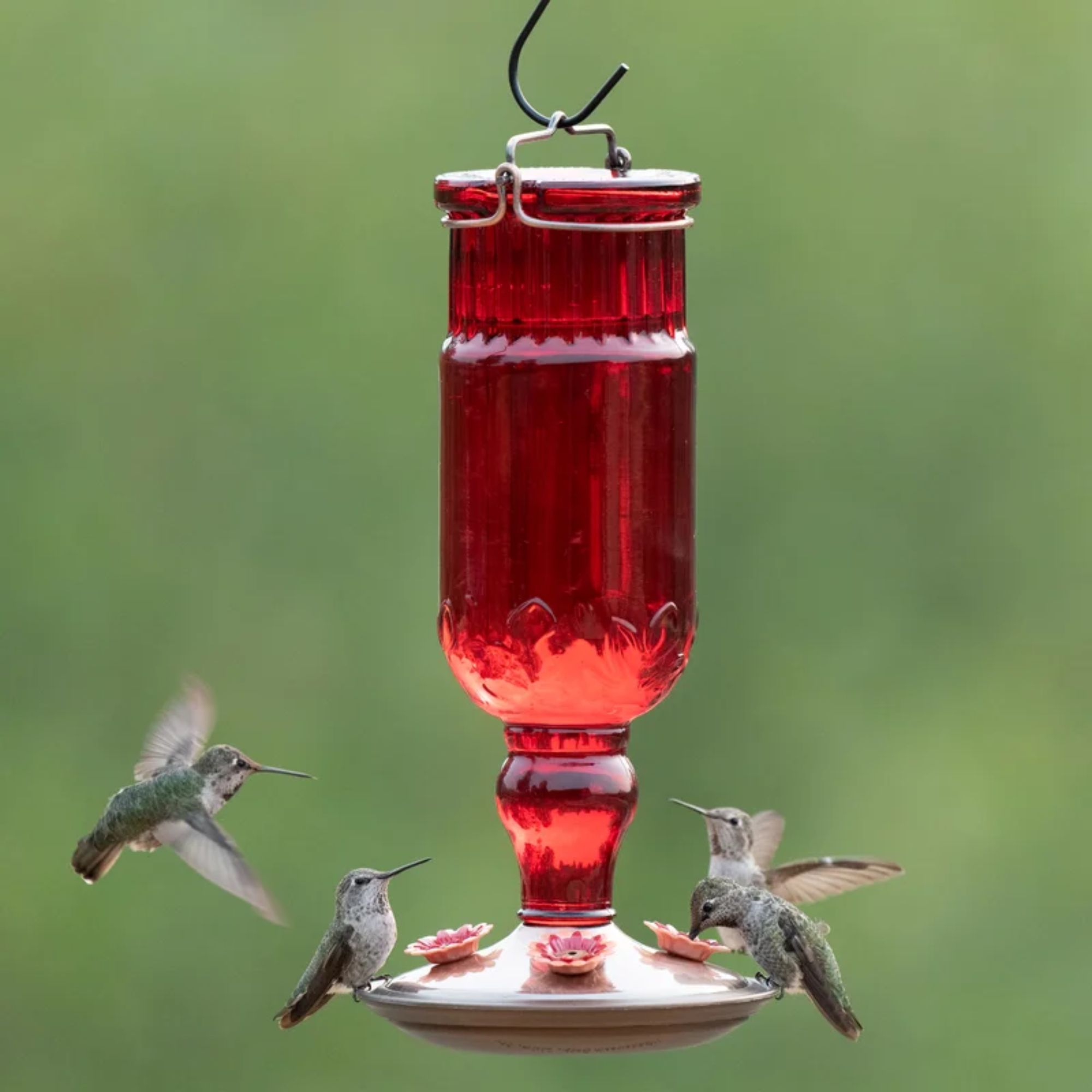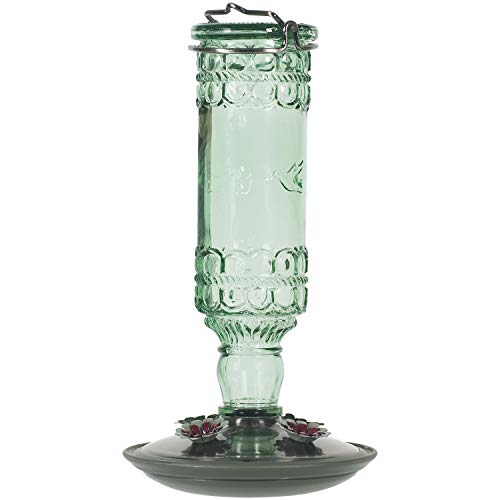Beware of hummingbird houses – why you should avoid this product, and what to buy to help these beautiful creatures instead
Hummingbird houses are all over the internet, but they're false advertising
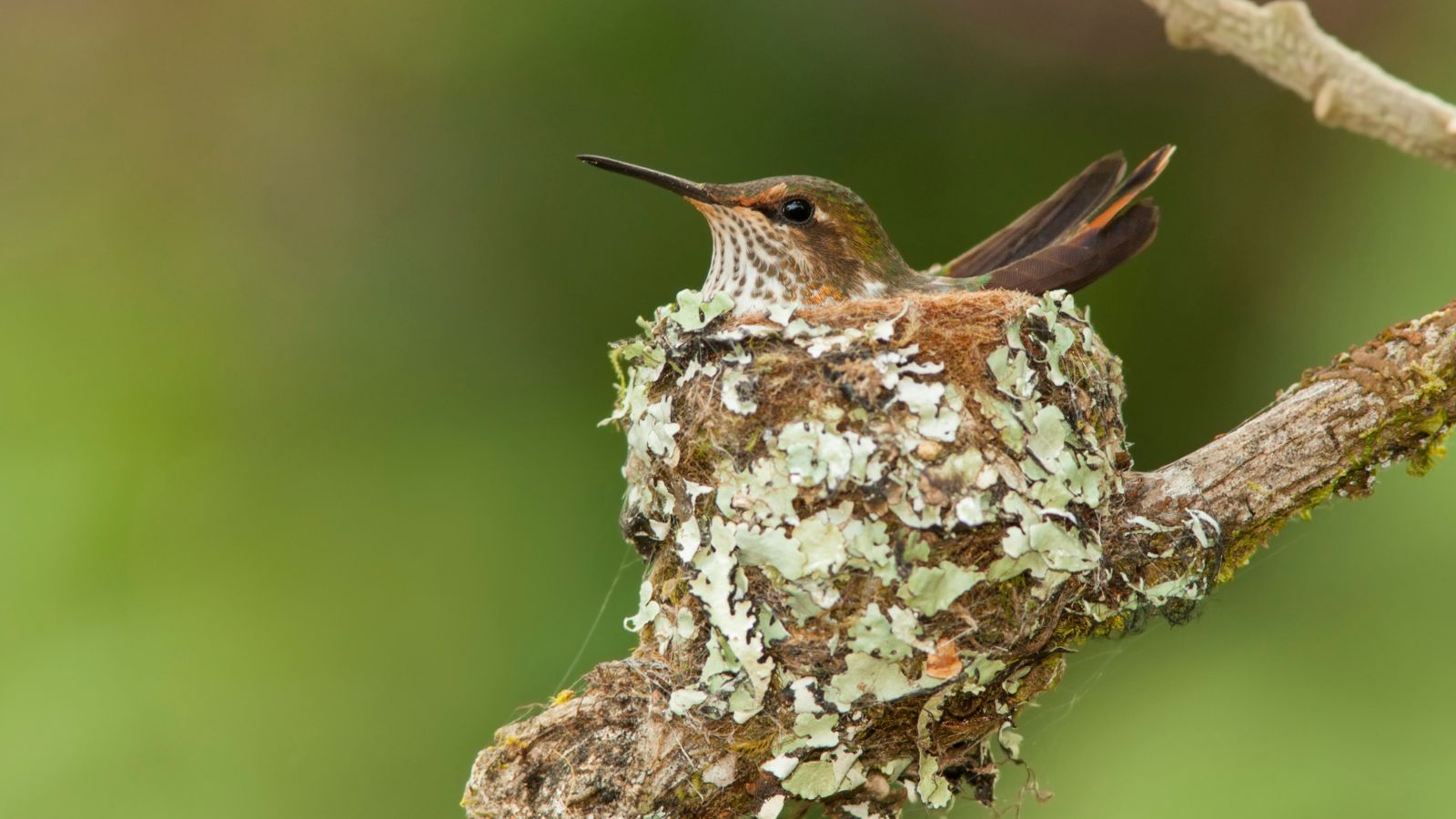

Hummingbirds are some of the most popular birds in America. Every spring, these tiny marvels flit into backyards all over the country and provide welcome bursts of color as flowers start to bloom.
However, the love for these birds has led to some potentially predatory business practices. You can find so-called 'hummingbird houses' all over the internet. At first glance, they seem like a simple way to help local hummingbird populations and attract them to your yard. The problem, however, is that there's no such thing as a hummingbird house.
This is all you need to know about hummingbird houses, and what you should do instead to attract hummingbirds to your yard.
What's the deal with hummingbird houses?

If you like hummingbirds, you might have spent some time shopping around for wildlife accessories for your backyard. When you look for helpful products to attract hummingbirds to your yard, you may have seen hummingbird houses like these for sale on Amazon. However, these are misleading products.
The problem is that hummingbirds can't use these houses. Birdhouses like those are designed for cavity nesters. As the name suggests, cavity nesters build their nests in cavities; in the wild, this is usually in a tree hollow. These birdhouses are great for cavity nesters like wrens, bluebirds, and chickadees.
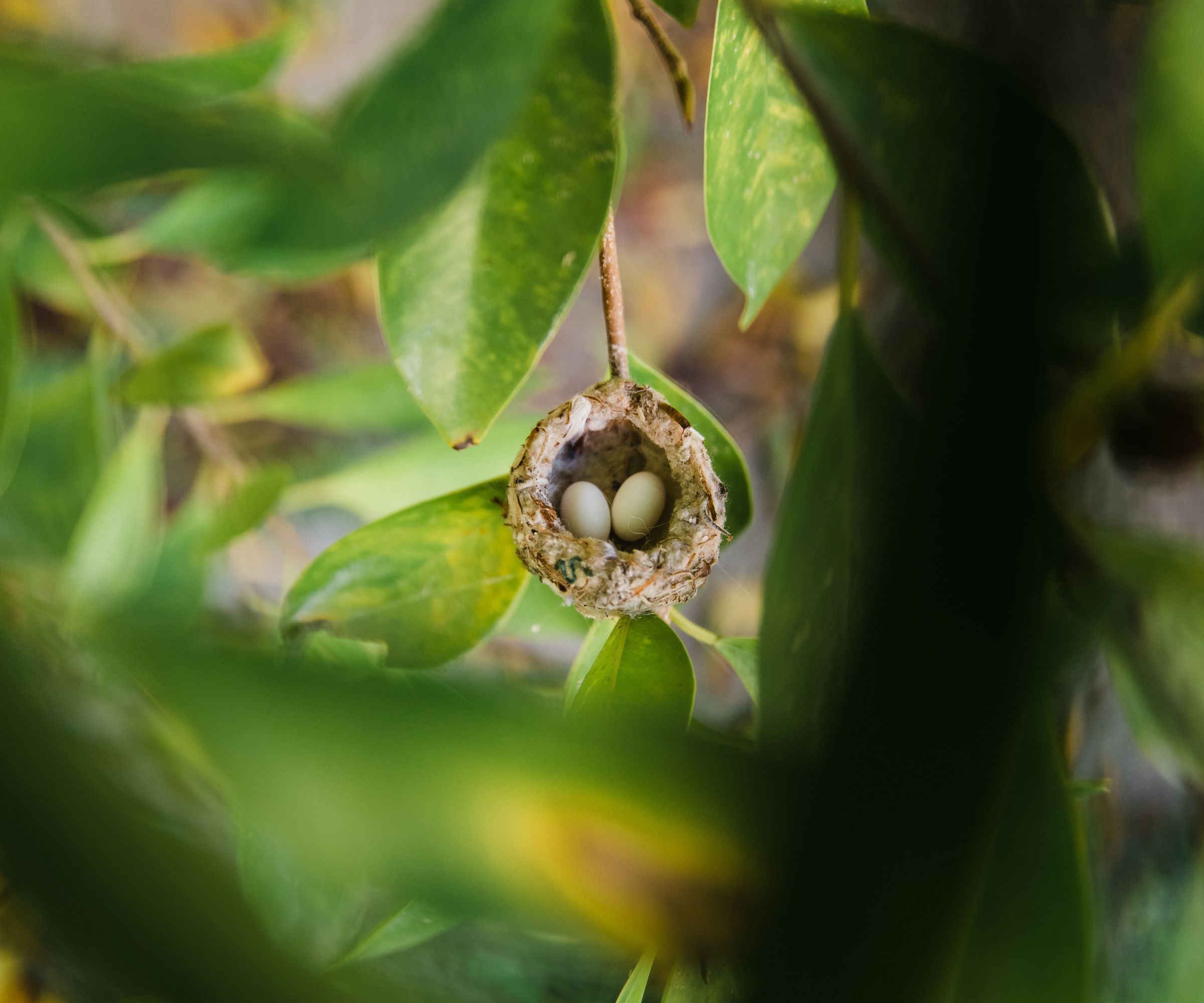
However, hummingbirds aren't cavity nesters. You can see in the image above that hummingbirds don't nest in cavities. These nests are usually built on tiny branches or the forks of trees high above the ground, so they don't need birdhouses. Any birdhouse that claims to be for hummingbirds is being missold.
On top of that, many of these 'hummingbird boxes' are advertised as Christmas gifts. Even if hummingbirds nested in cavity boxes - and we've explained they don't - it's entirely the wrong time of year for hummingbirds. Hummingbirds migrate south for the winter, spending the cold months in Central America and Mexico. In the vast majority of the country, you won't see any hummingbirds until spring.
Try a hummingbird feeder instead
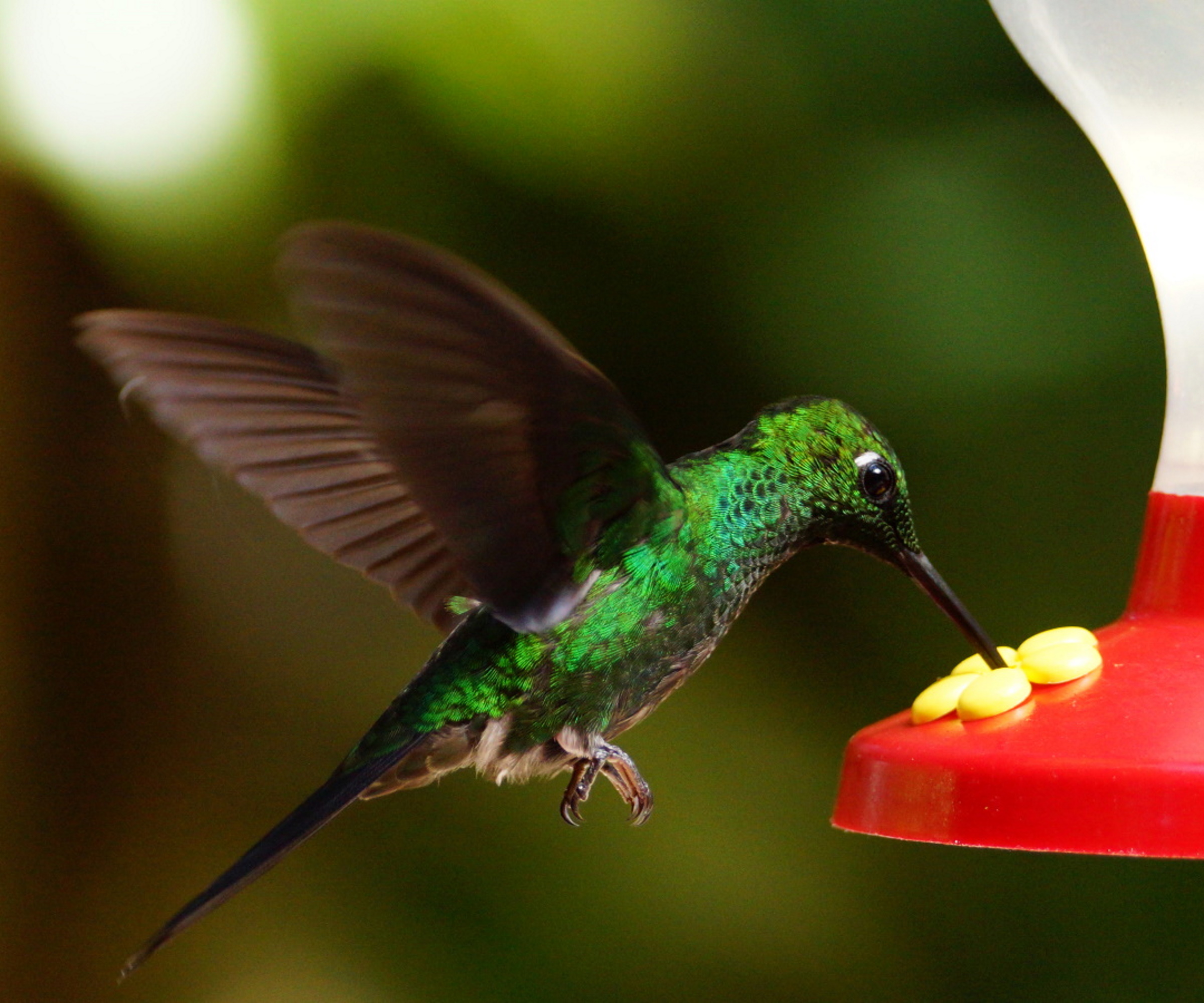
There are a lot of ways you can help native hummingbird populations when they return in spring. By far the best thing you can do is to install a hummingbird feeder. These are great for two reasons. The first, and most important, is that they provide a reliable food source for hummingbirds. All you need to do is fill your hummingbird feeder with nectar, available at Walmart, or even better, use 1 part sugar to four parts water - and the hummingbirds will thank you.
The added benefit is that the feeder will attract these fascinating birds to your yard. Just remember to change the nectar every couple of days so the birds don't get sick.
Hummingbird feeders are very simple mechanisms, consisting of a reservoir for the sugar-water solution, holes so the birds can get to the nectar, and a perch to help them feed. The only thing to bear in mind is that they're particularly attracted to red feeders.
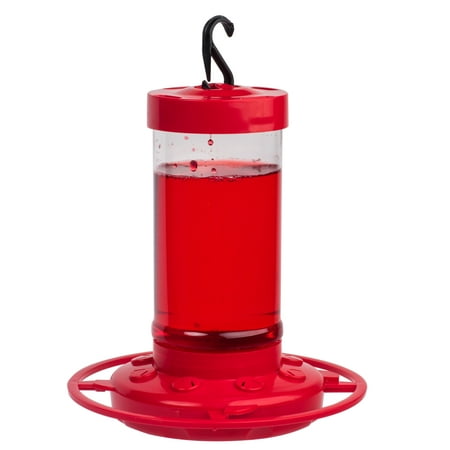
This American-made feeder is all you need. It has a big 16oz capacity and can feed eight birds at a time.
Plants for hummingbirds
There are also a range of natural ways to care for hummingbirds. If a hummingbird feeder feels like just one more piece of plastic in your home, try planting for hummingbirds instead. Flower expert, and Head of Gardens at H&G, Rachel Bull gave me some choice trees and flowers to attract hummingbirds.
'For example, you could grow a tulip tree,' says Rachel. 'They grow between US hardiness zones 4-9 and develop yellow and orange flowers that are a magnet for hummingbirds. Serviceberries flower in spring and are an excellent draw for hummingbirds, too, and other pollinators like bees. In flowerbeds, try scarlet or blue sage, as they are attracted to these colors.'

Rachel is a gardening editor, flower grower and floral designer. Her journalism career began on Country Living magazine, sparking a love of container gardening and wild planting. After more than a decade writing for and editing a range of consumer, business and special interest titles, Rachel became editor of floral art magazine The Flower Arranger. She then trained and worked as a floral designer and stylist in London for six years, before joining the Homes & Gardens team.
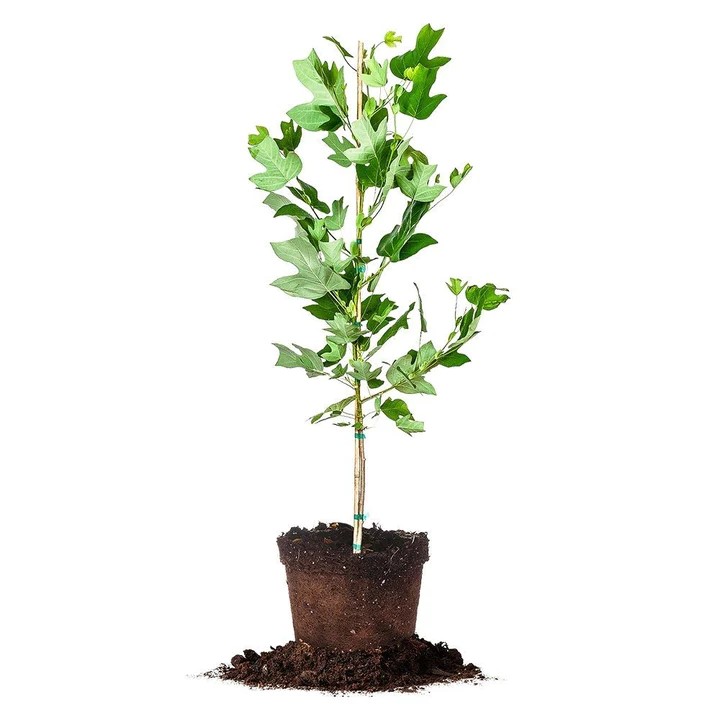
In April and June, tulip trees like this flower with yellow and orange flowers which are perfect for hummingbirds.
This is just the start of helping out hummingbirds. There are dozens of species of trees that attract hummingbirds, and five native spring flowers that are beloved by these birds. You could even create a hanging basket for hummingbirds with fuchsias and petunias.
Sign up to the Homes & Gardens newsletter
Design expertise in your inbox – from inspiring decorating ideas and beautiful celebrity homes to practical gardening advice and shopping round-ups.

As a gardens and lifestyle contributor, Alex makes sure readers find the right information to help them make the best purchase. Alex got his start in reviewing at the iconic Good Housekeeping Institute, testing a wide range of household products and appliances. He then moved to BBC Gardeners’ World Magazine, assessing gardening tools, machinery, and wildlife products.
-
 Step up your pool cleaning routine with Beatbot AquaSense 2 Ultra
Step up your pool cleaning routine with Beatbot AquaSense 2 UltraCelebrate National Pool Opening Day by saving up to $618 on a luxurious pool cleaning solution from Beatbot.
By Sponsored
-
 Isabella Rossellini's kitchen defines 'pantry perfection' – her sleek storage method is one of the most beautiful ways to bring order to your shelves
Isabella Rossellini's kitchen defines 'pantry perfection' – her sleek storage method is one of the most beautiful ways to bring order to your shelvesA custom Chilean applewood pantry lines the walls of the Conclave actress's kitchen – you can tap into her stunning technique from $42
By Megan Slack
